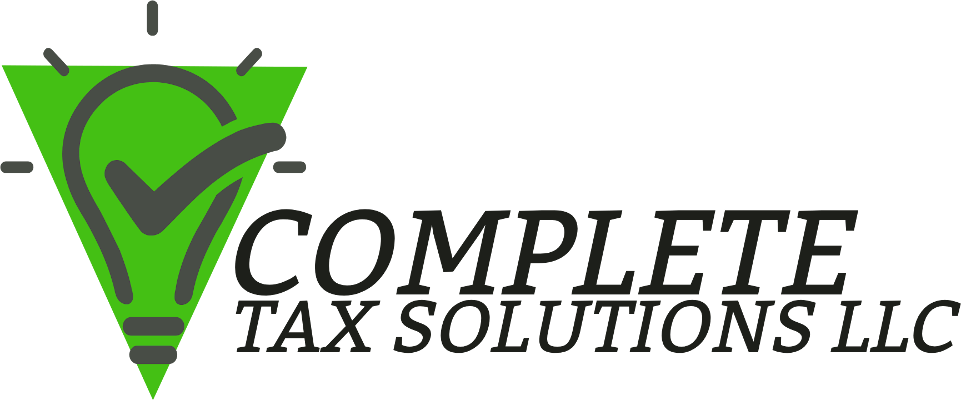Most people who are traditional employees or contractors have their income reported to the IRS on
a Form W-2 or a Form 1099-NEC. But you are required to report all sources of income on your tax return, even those
that aren’t independently reported to the IRS. Today we are going to take a look at a few of the more common sources of income
that you might overlook if you aren’t careful.
Digital assets, including cryptocurrency
A digital asset is a digital representation of value that’s recorded on a cryptographically secured, distributed ledger. Common digital assets include:
- Convertible virtual currency and cryptocurrency.
- Stablecoins.
- Non-fungible tokens (NFTs).
Everyone must answer the digital asset question
Everyone who files Forms 1040, 1040-SR, 1040-NR, 1041, 1065, 1120 and 1120-S must check one box answering either “Yes” or “No” to the digital asset question. The question must be answered by all taxpayers, not just by those who engaged in a transaction involving digital assets in 2023.
Checking “Yes”: Normally, you must check the “Yes” box if you:
- Received digital assets as payment for property or services provided;
- Transferred digital assets for free (without receiving any consideration) as a gift;
- Received digital assets resulting from a reward or award;
- Received new digital assets resulting from mining, staking and similar activities;
- Received digital assets resulting from a hard fork (a branching of a cryptocurrency’s blockchain that splits a single cryptocurrency into two);
- Disposed of digital assets in exchange for property or services;
- Disposed of a digital asset in exchange or trade for another digital asset;
- Sold a digital asset; or
- Otherwise disposed of any other financial interest in a digital asset.
In addition to checking the “Yes” box, you must report all income related to your digital asset transactions. For example, if you held a digital asset as a capital asset and sold, exchanged or transferred it during 2023, you must use Form 8949, Sales and other Dispositions of Capital Assets, to figure your capital gain or loss on the transaction and then report it on Schedule D (Form 1040), Capital Gains and Losses. If you disposed of any digital asset by gift, you may be required to file Form 709, United States Gift (and Generation-Skipping Transfer) Tax Return.
If you were paid as an employee with digital assets, you must report the value of the digital assets received as wages. Similarly, if you worked as an independent contractor and were paid with digital assets, you must report that income on Schedule C (Form 1040), Profit or Loss from Business (Sole Proprietorship). Schedule C is also used by anyone who sold, exchanged or transferred digital assets to customers in connection with a trade or business and who did not operate the business through an entity other than a sole proprietorship.
Checking “No”: Normally, you can check the “No” box if you merely owned digital assets during 2023 as long as you did not engage in any transactions involving digital assets during the year. You can also check the “No” box if your activities were limited to one or more of the following:
- Holding digital assets in a wallet or account;
- Transferring digital assets from one wallet or account that you own or control to another wallet or account that you own or control; or
- Purchasing digital assets using U.S. or other real currency, including through electronic platforms such as PayPal and Venmo.
Gig economy earnings
Typically, income earned from the gig economy is taxable and must be reported to the IRS on tax returns. Examples of gig work include providing on-demand labor, services or goods, or selling goods online. Transactions often occur through digital platforms such as an app or website.
You are required to report all income earned from the gig economy on your tax return, even if the income is:
- From temporary, part-time or side work.
- Paid through digital assets like cryptocurrency, as well as cash, goods or property.
- Not reported on an information return form like a Form 1099-K, 1099-MISC, W-2 or other income statement.
Service industry tips
People who work in service industries such as restaurants, hotels and salons often receive tips from customers for their services. Generally, tips like cash or non-cash payments are taxable and should be reported.
- All cash tips should be reported to your employer, who must include them on your Form W-2, Wage and Tax Statement. This includes direct cash tips from customers, tips from one employee to another employee, electronically paid tips and other tip-sharing arrangements.
- Noncash tips include value received in any medium other than cash, such as: passes, tickets, or other goods or commodities a customer gives the employee. Noncash tips aren’t reported to your employer but must be reported on a tax return.
- Any tips you didn’t report to the employer must be reported separately on Form 4137, Social Security and Medicare Tax on Unreported Tip Income, to include as additional income with your tax return. You must also pay the employee share of Social Security and Medicare tax owed on those tips.
Service industry employees don’t have to report tip amounts of less than $20 per month per employer. For larger amounts, employees must report tips to the employer by the 10th of the month following the month the tips were received.
